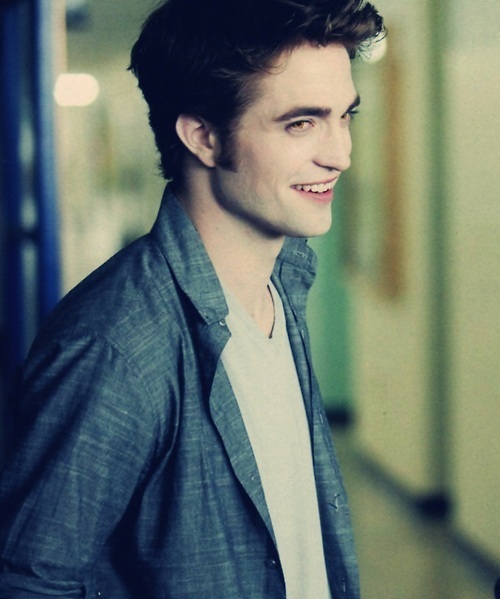Photo Credit: Summit Entertainment
Maybe there’s more to this saga than just awkwardly played vampires.
Kiera Quinlivan, Contributor
It’s the season of all things spooky, and images of monstrous creatures from werewolves to witches are everywhere. Among these icons of Halloween is the vampire: a classic gothic antagonist that has been a mainstay of Western pop culture since the publication of Anne Rice’s novel Interview with a Vampire in 1976. As vampire books, movies, and television series proliferate Halloween celebrations this year, I want to draw attention to the reigning champion of vampire media: the Twilight series. Now, I’m not saying that Twilight has the best vampires, but I am saying that it has vampires that are the best at being the worst. Hear me out.
When creating Twilight’s vampires, author Stephanie Meyer approached the centuries of vampire lore that preceded her with what scholar Laura Wright calls “unself-conscious disregard.” Throwing away most of vampire canon, Meyers instead drew from a variety of sources from Jane Eyre to the X-Men. Which is why, instead of turning into bats and lounging around in gothic regalia, the Cullens have random superpowers and sparkle in the sunlight like me during my body glitter phase. This is made even more ridiculous when one stops and thinks about Edward’s decision to repeat high school endlessly. I’m sorry, but if I became immortal, the last thing I’d want to do is go to my 8 a.m. gym class for all eternity.
This sheer absurdity is baked into every aspect of Twilight’s vampires. From Jasper’s constant constipated look to vampire baseball, there is nothing about the Cullens that isn’t hilarious. We are now in a Twilight Renaissance, and a community has remerged to both celebrate and laugh at our childhood fascination with Robert Pattinson in white foundation.
Of course, many people have legitimate criticisms of Twilight. Scholars have repeatedly argued that Edward and Bella’s romance reinforces a paternalistic, heteronormative relationship model. In fact, Anna Silver argues that the Cullens represent the “ideal family of a mythic past” when women were defined by their roles as mothers and child-bearers. That is not even touching the gross misrepresentation and exploitation of the Quileute Tribe built into Twilight’s werewolves. However, Silver also warns that we should not assume that “Twihards” are incapable of critical thinking. Since its inception, many Twilight fans have openly critiqued the series’ representations of gender and sexuality, and many continue to do so. With this in mind, I argue that when we laugh at Twilight’s vampires, we are not only laughing at their absurdity as characters, but we are also laughing at the absurdity of the power structures they represent.
Although Twilight’s vampires are hardly good representations of vampires or even people, they are very good at being bad representations. So, this Halloween season, take a break from studying and enjoy the catharsis of laughing at Twilight. Hold on tight, spider monkeys!



